In our time, foam concrete and aerated concrete in construction are widely popular. Aerated concrete is a modern material that has heat permeability and vapor permeability. The opinion of the manufacturers is that the insulation of walls from aerated concrete is not required. However, is it really? I will tell you about the cause, choice and process of insulation in this article.
Do you need to warm the walls?
To figure out whether you should insulate your home, you need to highlight several factors:
- Take into account the climatic zone of your stay;
- Determine the density and thickness of the blocks;
- Determine the thickness of the seams between blocks.
I can say that the best option is to consider isolation at the stage of the construction of the walls. This is explained by the fact that laying blocks on cement and thick seams (they are called "cold belts"), may lead to the fact that heat from the house will leave. To prevent such blocks, the blocks must be put on a special glue, and the seams do not more than 3 mm.
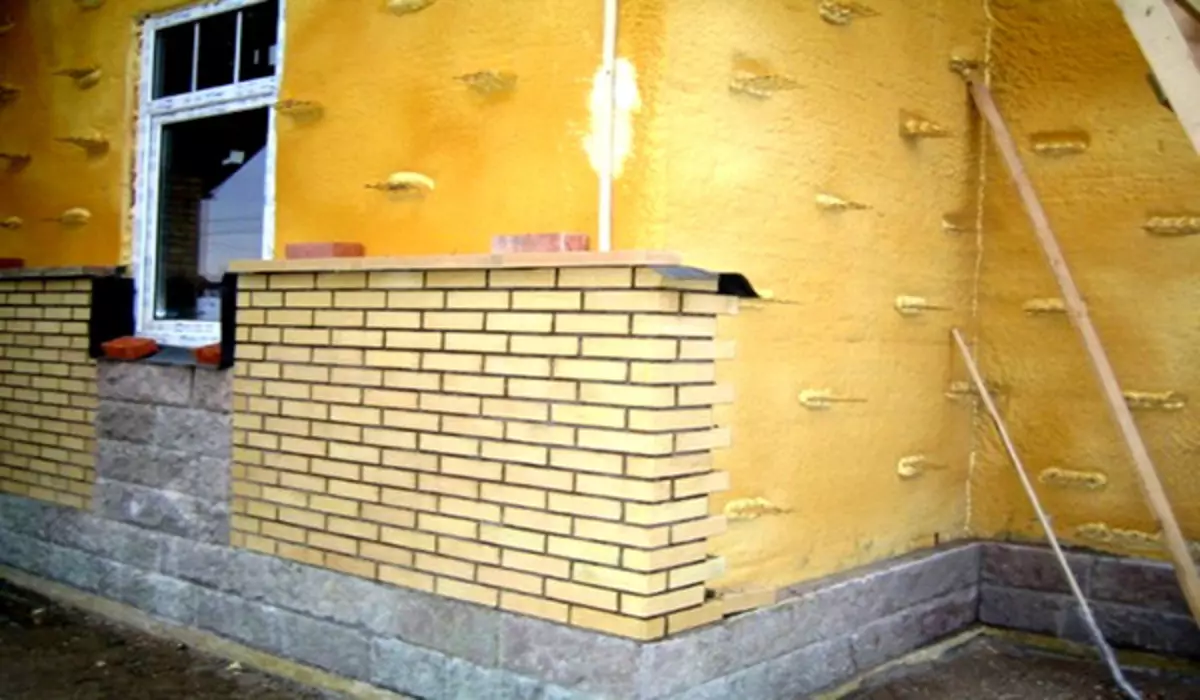
If the thickness of the blocks themselves exceeds 375 mm, then you can only go facing. At the same time, two conditions should be observed: the blocks are not too much density, and the seams are perfect.
Your home needs insulation if:
- During the construction of high density aerated concrete (more than D500);
- During the construction of low density aerated concrete (below 300 mm);
- Bearing frameworks during construction were filled with aerated concrete blocks;
- used very thick seams;
- When laying blocks, not adhesive, but cement mortar.
All these factors together make it clear that it is necessary to think about thermal insulation so that in the winter there is no cold and discomfort.
Article on the topic: What should be the floor if the doors of color is wenge
Selection of insulation
There are several types of material for insulation of walls from aerated concrete.
Mineral wool (glass wool and stone wool) is made of vitreous fibers in the process of industrial processing of waste metallurgical industry and silicate fossils. Minvata is environmentally friendly, vapor permeable and does not burn.
Polystyrene foam is featured in the work. Water consumption material, inexpensive, but has not particularly high sound insulation indicators. Playproof and not so resistant to fire like mineral wool.
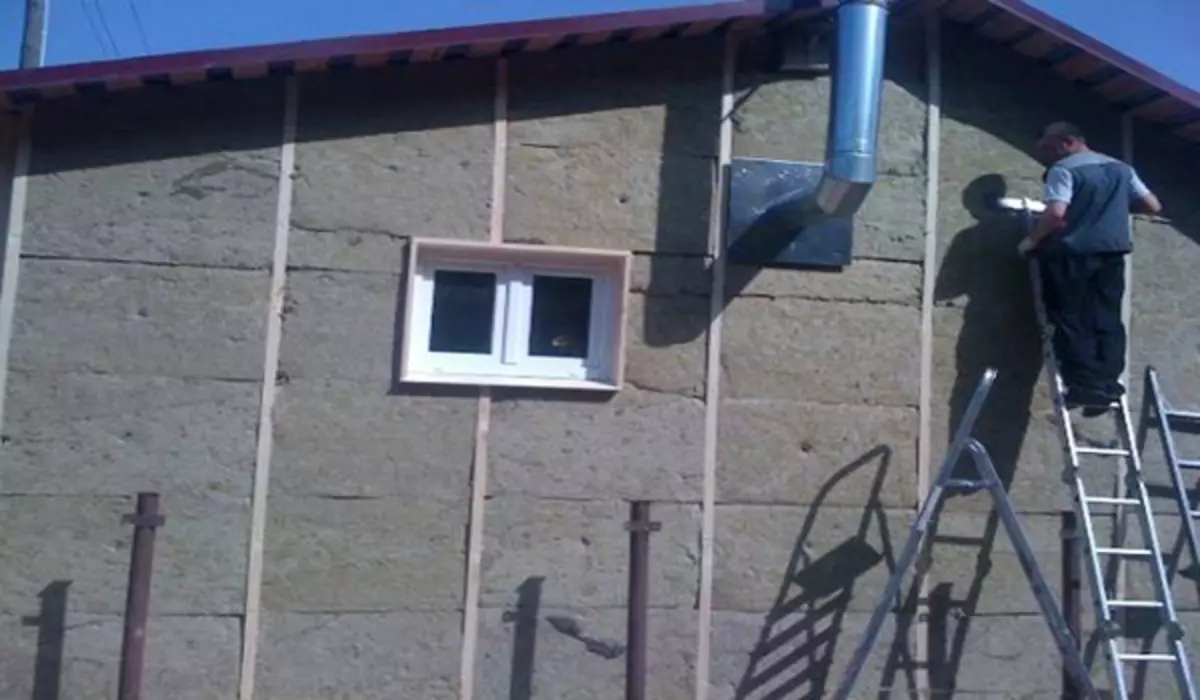
Polyurethane foam material has high thermal insulation indicators and is easily applied.
There are still: extrudic polystyrene foam, foam glass and wood stoves and traffic jams. These materials are not so common, and if you have already decided to warm themselves, then there will be no superfluous consultation with a specialist.
Warving the walls can be conventional plaster with the addition of sawdust or strolled glass. The material is relatively cheap, convenient and practical. The main disadvantage: aerated concrete with such a insulation loses its "breathable" properties.
When choosing a insulation, you need to determine: do you need a steamproof or vapor-permeable wall? If the first one, you need expanded polystyrene, if the second is a cellular concrete. When working with expanded polystyrene, it is worth ventilating both exhaust and air intake.
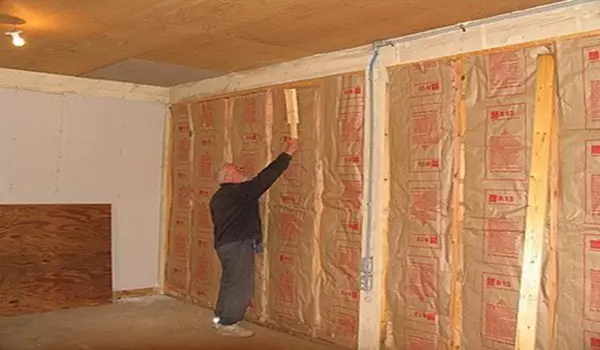
Parentine paints, plaster, facing brick, spiloduccation and siding have great popularity.
Where to warm up - outside or from the inside?
Warm house can be in two ways. From the inside and outside. Many experts do not advise the insulation of walls from aerated concrete, explaining that it refers to the "breathable" materials. It keeps warm very well, and ordinary insulation often inferior to him with its vapor permeability. It is still necessary to remember the danger of the appearance of moisture between the wall and the insulation, as a result of which the fungus may form. Therefore, in order to prevent that the insulation vapor permeability must be higher than the blocks of aerated concrete.Article on the topic: How to choose curtains for curtains kitchen: designer tips will help you
When insulating at home you:
- It is better to retain heat in the house;
- Get better sound insulation;
- Protect porous blocks from moisture effects;
- Take care of the aesthetic side, due to the fact that the blocks themselves do not have a very "commodity" view.
Warm house outside
The insulation of concrete walls outside is a more popular option. The two most common types of insulation include mineral wool and foam. Sufficient thickness - 5 cm.
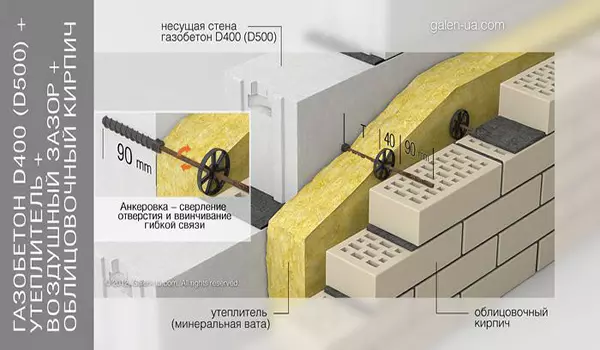
Installation of insulation on a wall of aerated concrete
When insulating the house of the Polyfoam, do not forget that this material will not give the wall to "breathe", so you need to take care of ventilation. And this pleasure is not cheap. If the violating mode of vapor permeability is disturbed, then condensate may occur between the wall and insulation. Therefore, with a sufficiently high humidity, it is not recommended to work with foam.
Important! When insulation of walls from aerated concrete, follow the rule: a smaller level of steamproof inside is larger outside.
Heat from the inside
Partially this option is more convenient than the first, because the spoiled material can be replaced quite quickly. When insulation, it should be extremely carefully working with the material, following the displacement. Otherwise, thermal insulation from the inside is carried out with the help of the same materials and in the same sequence as the outer.
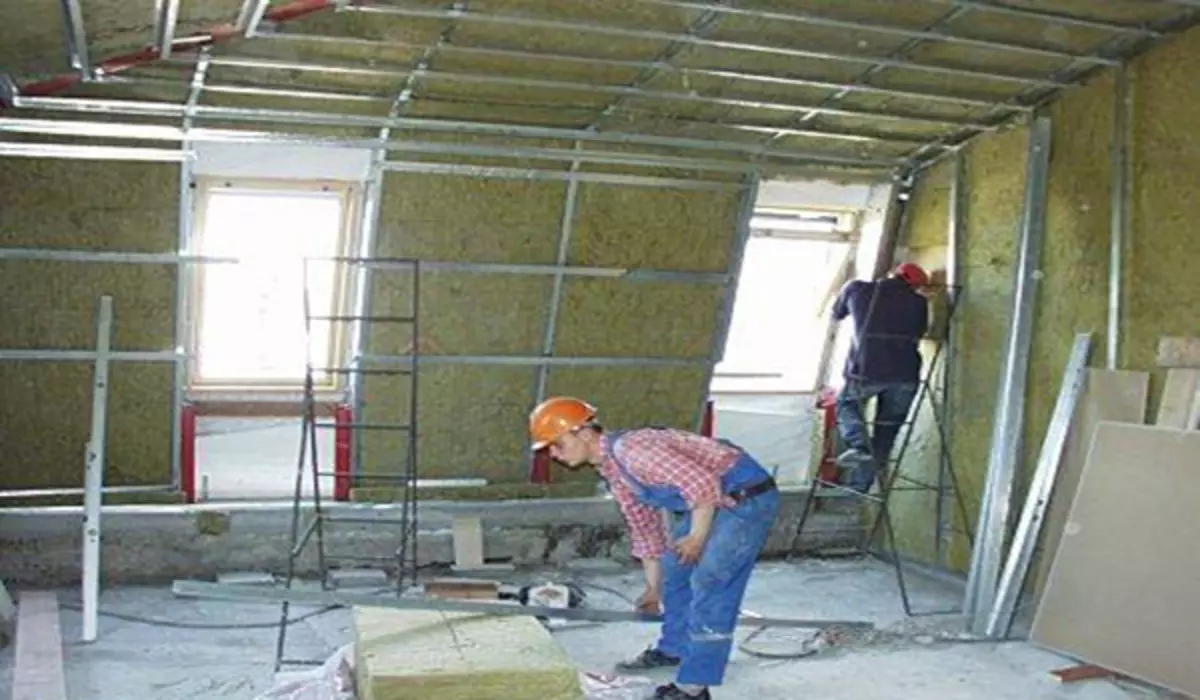
At the same time, this method has serious disadvantages: the area of the room decreases, and hits the threat of the appearance of fungi.
My advice is: if possible, insulate the walls of aerated concrete both outside and from the inside, choose the first option.
Installation of insulation on the wall
For insulation, you need to have a set of necessary tools and materials:
- thermal insulation material;
- Special glue that will mount sheets to the walls;
- dowels ("umbrellas") - if you need to fix mats from mineral wool;
- Fiberglass grid;
- any container for the preparation of the adhesive mixture;
- building level;
- toothed spatula;
- Perforator;
- Perforated corners.
Article on the topic: Clinker Thermopanels: Description, Benefits of Material and Installation Material
To insulate the foam, it is necessary:
- Clear walls from pollution;
- align with cement mortar or special plaster mixtures;
- At the ground level, install the framework, which will be support;
- Put the fiberglass wall for reinforcement (fixed so that 10 cm turned out to be under the insulation).
After that, special glue is applied to foam and walls using a spatula with teeth. The leaf with glue is applied to the wall, fastened with dowels in the corners and in the middle. Foam joints necessarily blame glue. Please note that sheets must be laid with offset, as well as when laying blocks.
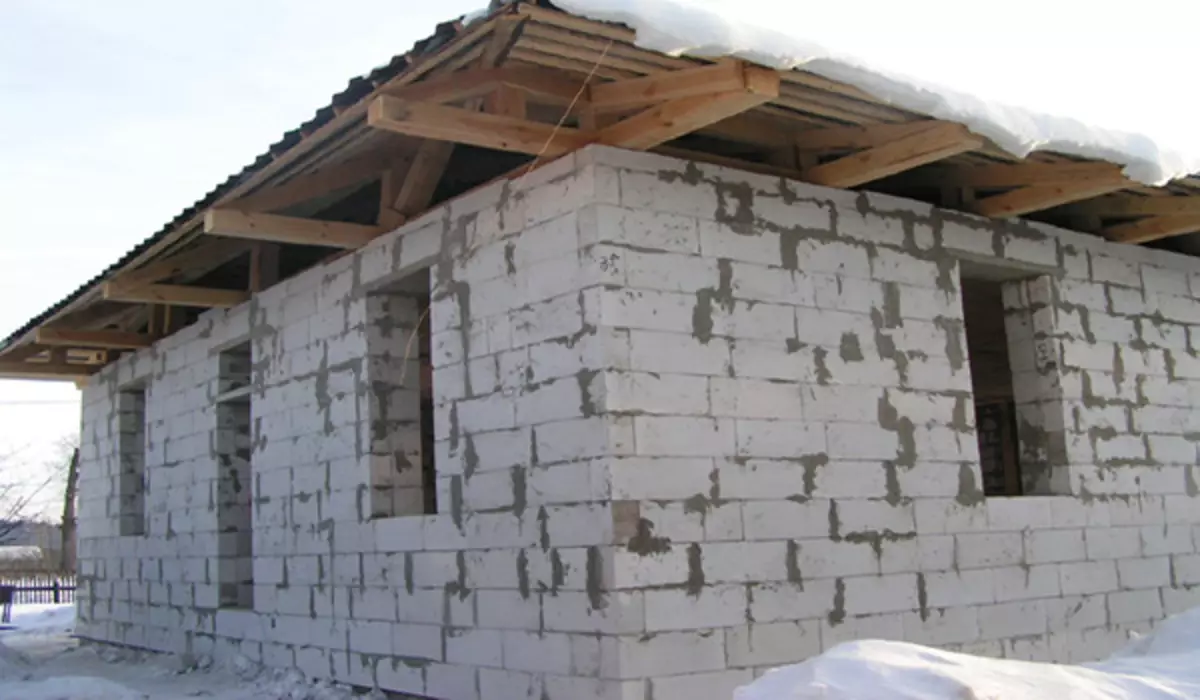
When working with mineral wool, do not forget that the material has good vapor permeability and walls will be "breathing."
Getting started with minorvat is similar to that with foam. Sheets are attached to the disintegration, and the wool layer lay a fiberglass grid. This will help avoid cracks on paint and plaster. An additional layer of glue is applied on top of the grid. After drying, the glue is applied with vapor-permeable plaster.
Summing up, I can say that the internally and outer insulation of walls from aerated concrete will require time and attention from you, but at the same time the final result will pleasantly surprise and please.
Video "Wall insulation of aerated concrete"
Volumetric video on the construction and passing insulation of the walls of the house from aerated concrete blocks.
